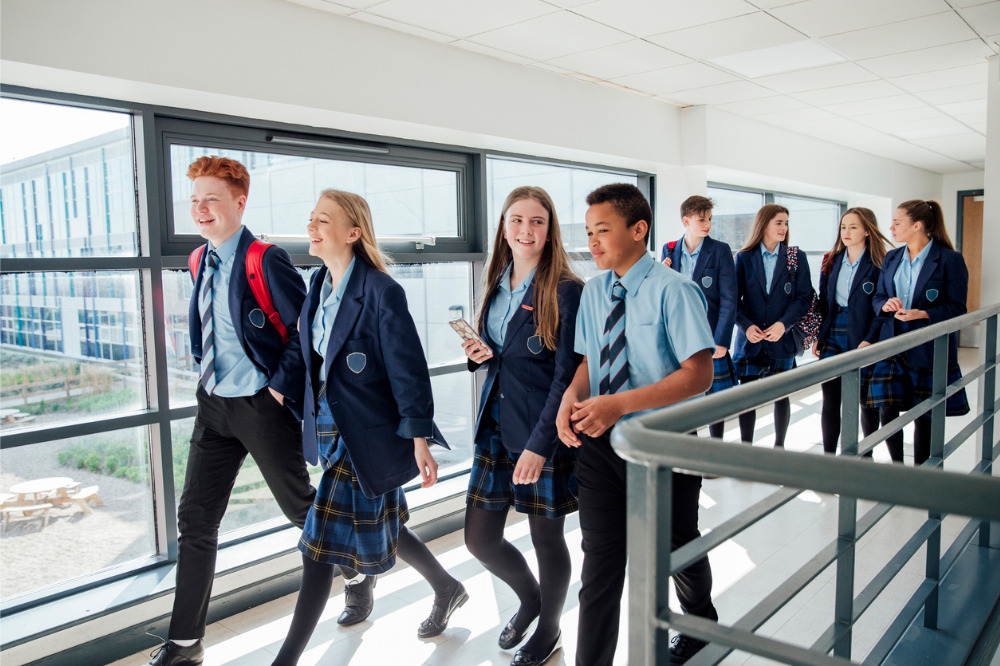
Last year’s State of the Sector report found that intense workloads, a worsening student mental health crisis, and widespread staff shortages have caused a staggering 30% of non-leadership staff to consider leaving the profession in the next 12 months.
As a new school year begins, Australia’s education workforce, while resilient and adaptable, is anticipating another rough year, absent some extraordinary relief to alleviate all of these pressures.
Behavioral scientist and entrepreneur Fleur Johnston is one leader who has had her finger on the pulse of school workforce challenges, and has been helping school leaders overcome what for many others would seem like insurmountable challenges.
In 2019, Johnston founded PeopleBench with a dream to reshape education. Today, it's is providing an evidence base and tools for principals to inform their school workforce strategy and decision making.
The Educator recently sat down with Johnston to gain insight into the kinds of challenges, and opportunities, that await Australian leaders in 2024.
Johnston said while Australia’s education industry has taken commendable steps to attract new individuals to the teaching profession, a critical issue remains – the retention of the existing teaching workforce.
“While initiatives have been implemented to encourage more people to consider a career in teaching, ensuring the long-term commitment and job satisfaction of current educators is now emerging as the next frontier,” Johnston told The Educator.
“The efforts to attract new talent must be complemented by strategies that create a supportive and fulfilling work environment, addressing issues such as high workloads, burnout, and the need for professional development.”
Johnston said recognising and proactively tackling these retention issues are essential for sustaining a resilient and effective education workforce in the long run.
The next hurdle: Embracing change
When it comes to how Australia’s schools compare to other industries in terms of adapting to contemporary work redesign, Johnston said a positive development has been the introduction of more flexible working arrangements.
“A lack of flexibility was one of the most cited reasons participants in our 2023 State of the Sector report suggested they were likely to leave,” Johnston noted. “We can see, objectively, that schools have not kept pace with other industries when it comes to offering contemporary and dynamic work redesign.”
Johnston pointed out that in some parts of the country, four-day working week options are being explored, while in other parts, leaders are re-imagining how support roles in schools work with teachers to build a more sustainable workforce for the future.
“None of these ideas are radical, but when we observe the sometimes alarmist responses of the media and, in some cases, the community and current workforce itself when adjustments to the status quo are proposed, there is little question that implementation of these changes is the next hurdle to jump over if the sector is to reap the benefits of new working models.”
Leaders still lack critical workforce support
Johnston said there is a growing recognition of the need to invest in senior and middle leaders within the education sector, noting that PeopleBench’s data paints two diverse experiences of work within the sector: that of senior leaders, and that of middle leaders and teachers.
“The difference between the two cohorts is stark, with senior leaders expressing substantially more optimism about their roles and the future of their schools compared to teachers and middle leaders who are focused on teaching and learning in the classroom,” Johnston explained.
“To make the leap for change, senior leaders will need support to consider the changes that make sense in their unique contexts.”
Johnaton said senior leaders will need a plan for moving from the way they do things today to the ways they will need to operate in the future if they are to enjoy a sustainable supply of staff who are impactful in their work.
“Beyond ‘good leadership skills’, senior leaders in schools need access to strategic organisational transformation and HR tools, processes, and professional learning opportunities,” she said.
“These are resources and investments that other sectors have benefited from for some time—and we have let today’s and tomorrow’s school leaders down for them not to have access to them sooner.”
‘How bad will we let it get?’
Johnston said that while the sector is known for its optimism, the challenges awaiting Australia’s teaching workforce in 2024 demand long overdue changes, even if they are perceived as radical by some.
“It’s important to ask ourselves: ‘how bad will we let it get before we start to implement the real and transformative change that is needed?’” Johnston said.
“The sector needs to do all that it can to keep up with other industries and this means including flexible work options and reimagining job structures to address the major issues affecting our industry’s ability to retain our great teachers.”
Johnston pointed out that, as with most major shifts, implementing such changes is a complex process, adding that PeopleBench is well positioned to help improve schools as workplaces and enhance student outcomes as a result.
“Our work is about democratising access to ideas that should belong to school leaders everywhere, and at PeopleBench we provide access to leading edge data science and technology—as well as human-centred relationship support—to help our clients accelerate their journey to become contemporary places to work.”


